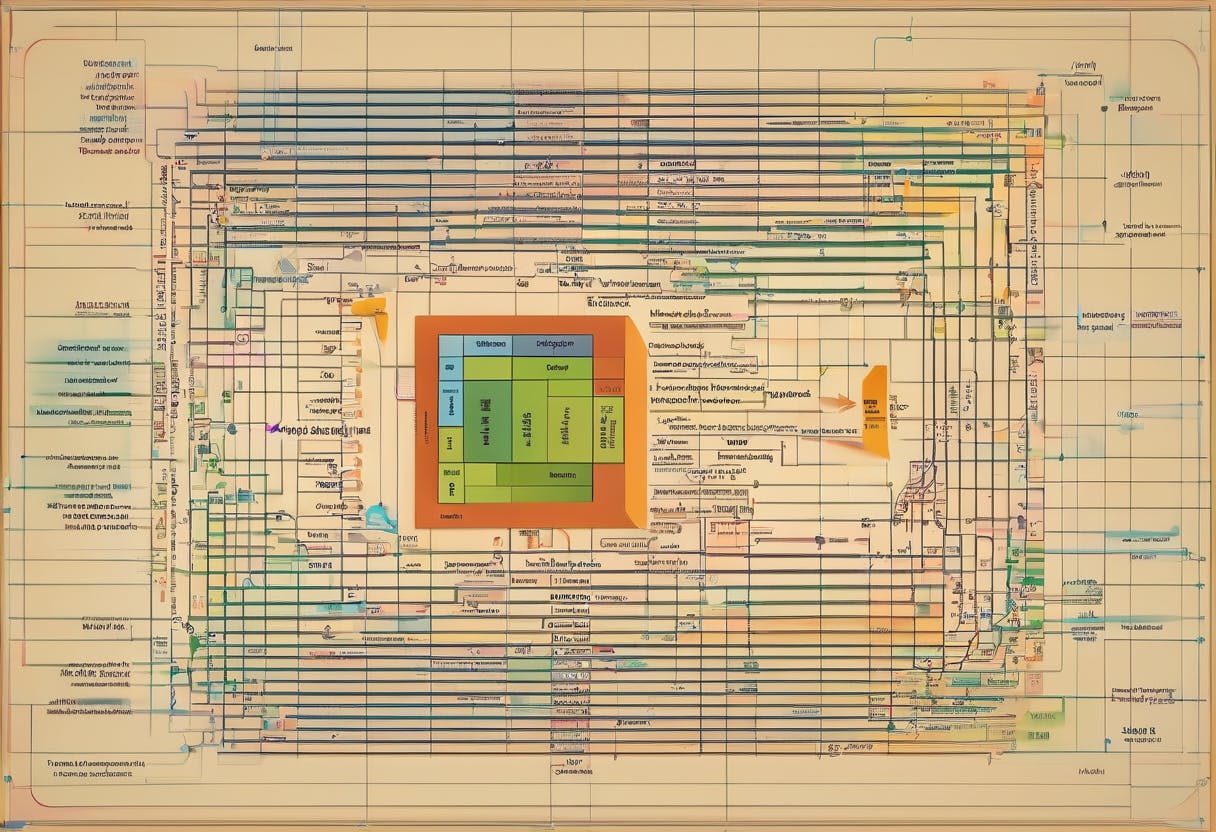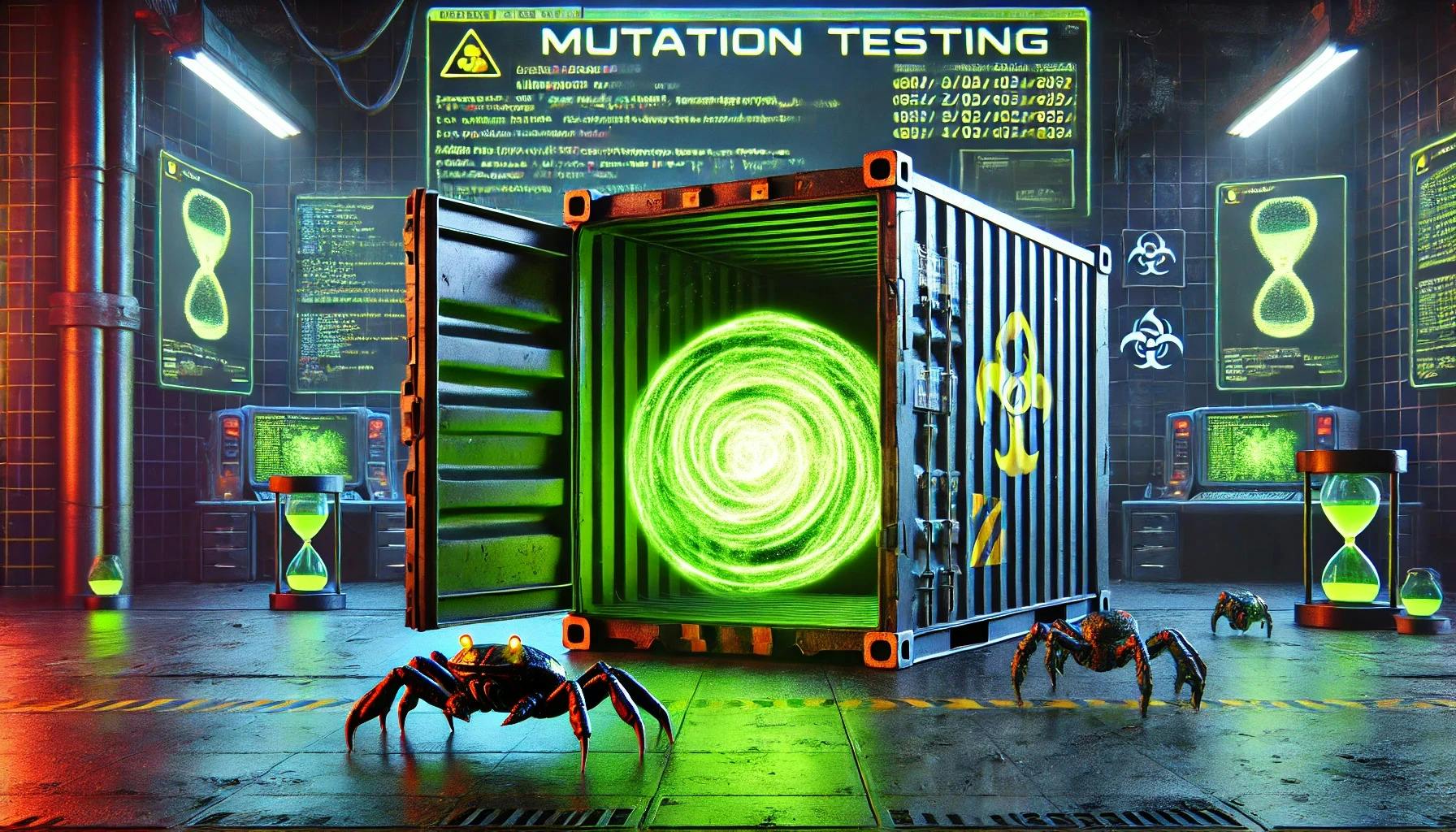Authors:
(1) Frank Palma Gomez, from Boston University and the work done by him and Ramon during their internship in Google Research and Google DeepMind respectively;
(2) Ramon Sanabria, The University of Edinburgh and the work done by him and Frank during their internship in Google Research and Google DeepMind respectively;
(3) Yun-hsuan Sung, Google Research;
(4) Daniel Cer, Google Research;
(5) Siddharth Dalmia, Google DeepMind and Equal Advising Contributions;
(6) Gustavo Hernandez Abrego, Google Research and Equal Advising Contributions.
Table of Links
Abstract and 1 Introduction
2 Method
3 Data and Tasks
4 Model
5 Experiments
6 Related Work
7 Conclusion
8 Acknowledgements and References
A Appendix
7 Conclusion
We present an effective approach to developing a speech-to-text DE from a text-only LLM. Our findings suggest that by using a text-only LLM as a backbone model, we can drastically outperform previous approaches using considerably less speech-to-text training data. Additionally, we find that we can improve zero-shot speech translation by simply combining readily available translation and S2T data. We showcase our findings in 102 languages for S2T and 4 languages in S2TT; opening up the possibility of using speech-to-text DE’s in different cross-model and cross-lingual settings.
8 Acknowledgements
We would like to thank Shankar Kumar and Ankur Bapna for the valuable feedback on the draft of the paper. Chris Tar, Mario Guajardo-Céspedes, and Jason Riesa for the early experiment discussions and feedback. Christian Frank, Duc Dung Nguyen, Alex Tudor, and Dalia El Badawy for helping answer questions about AudioPaLM.
References
Rosana Ardila, Megan Branson, Kelly Davis, Michael Henretty, Michael Kohler, Josh Meyer, Reuben Morais, Lindsay Saunders, Francis M Tyers, and Gregor Weber. 2019. Common voice: A massivelymultilingual speech corpus. arXiv preprint arXiv:1912.06670.
Alexei Baevski, Yuhao Zhou, Abdelrahman Mohamed, and Michael Auli. 2020. wav2vec 2.0: A framework for self-supervised learning of speech representations. Advances in neural information processing systems, 33:12449–12460.
Ankur Bapna, Colin Cherry, Yu Zhang, Ye Jia, Melvin Johnson, Yong Cheng, Simran Khanuja, Jason Riesa, and Alexis Conneau. 2022. mslam: Massively multilingual joint pre-training for speech and text. arXiv preprint arXiv:2202.01374.
Zalán Borsos, Raphaël Marinier, Damien Vincent, Eugene Kharitonov, Olivier Pietquin, Matt Sharifi, Dominik Roblek, Olivier Teboul, David Grangier, Marco Tagliasacchi, et al. 2023. Audiolm: a language modeling approach to audio generation. IEEE/ACM Transactions on Audio, Speech, and Language Processing.
Tom Brown, Benjamin Mann, Nick Ryder, Melanie Subbiah, Jared D Kaplan, Prafulla Dhariwal, Arvind Neelakantan, Pranav Shyam, Girish Sastry, Amanda Askell, et al. 2020. Language models are few-shot learners. Advances in neural information processing systems, 33:1877–1901.
Aakanksha Chowdhery, Sharan Narang, Jacob Devlin, Maarten Bosma, Gaurav Mishra, Adam Roberts, Paul Barham, Hyung Won Chung, Charles Sutton, Sebastian Gehrmann, et al. 2023. Palm: Scaling language modeling with pathways. Journal of Machine Learning Research, 24(240):1–113.
Yu-An Chung, Yu Zhang, Wei Han, Chung-Cheng Chiu, James Qin, Ruoming Pang, and Yonghui Wu. 2021. W2v-bert: Combining contrastive learning and masked language modeling for self-supervised speech pre-training. In 2021 IEEE Automatic Speech Recognition and Understanding Workshop (ASRU), pages 244–250. IEEE.
Alexis Conneau, Min Ma, Simran Khanuja, Yu Zhang, Vera Axelrod, Siddharth Dalmia, Jason Riesa, Clara Rivera, and Ankur Bapna. 2023. Fleurs: Few-shot learning evaluation of universal representations of speech. In 2022 IEEE Spoken Language Technology Workshop (SLT), pages 798–805. IEEE.
Paul-Ambroise Duquenne, Hongyu Gong, Ning Dong, Jingfei Du, Ann Lee, Vedanuj Goswani, Changhan Wang, Juan Pino, Benoît Sagot, and Holger Schwenk. 2022. Speechmatrix: A large-scale mined corpus of multilingual speech-to-speech translations. arXiv preprint arXiv:2211.04508.
Paul-Ambroise Duquenne, Hongyu Gong, and Holger Schwenk. 2021. Multimodal and multilingual embeddings for large-scale speech mining. Advances in Neural Information Processing Systems, 34:15748– 15761.
Paul-Ambroise Duquenne, Holger Schwenk, and Benoît Sagot. 2023. Sentence-level multimodal and language-agnostic representations. arXiv preprint arXiv:2308.11466.
Google, Rohan Anil, Andrew M Dai, Orhan Firat, Melvin Johnson, Dmitry Lepikhin, Alexandre Passos, Siamak Shakeri, Emanuel Taropa, Paige Bailey, Zhifeng Chen, et al. 2023. Palm 2 technical report. arXiv preprint arXiv:2305.10403.
Naman Goyal, Cynthia Gao, Vishrav Chaudhary, PengJen Chen, Guillaume Wenzek, Da Ju, Sanjan Krishnan, Marc’Aurelio Ranzato, Francisco Guzmán, and Angela Fan. 2021. The flores-101 evaluation benchmark for low-resource and multilingual machine translation. Transactions of the Association for Computational Linguistics, 10:522–538.
Raia Hadsell, Sumit Chopra, and Yann LeCun. 2006. Dimensionality reduction by learning an invariant mapping. 2006 IEEE Computer Society Conference on Computer Vision and Pattern Recognition (CVPR’06), 2:1735–1742.
Michael Hassid, Tal Remez, Tu Anh Nguyen, Itai Gat, Alexis Conneau, Felix Kreuk, Jade Copet, Alexandre Defossez, Gabriel Synnaeve, Emmanuel Dupoux, et al. 2023. Textually pretrained speech language models. arXiv preprint arXiv:2305.13009.
Jordan Hoffmann, Sebastian Borgeaud, Arthur Mensch, Elena Buchatskaya, Trevor Cai, Eliza Rutherford, Diego de Las Casas, Lisa Anne Hendricks, Johannes Welbl, Aidan Clark, et al. 2022. Training compute-optimal large language models. arXiv preprint arXiv:2203.15556.
Wei-Ning Hsu, Benjamin Bolte, Yao-Hung Hubert Tsai, Kushal Lakhotia, Ruslan Salakhutdinov, and Abdelrahman Mohamed. 2021. Hubert: Self-supervised speech representation learning by masked prediction of hidden units. IEEE/ACM Transactions on Audio, Speech, and Language Processing, 29:3451–3460.
Melvin Johnson, Mike Schuster, Quoc V Le, Maxim Krikun, Yonghui Wu, Zhifeng Chen, Nikhil Thorat, Fernanda Viégas, Martin Wattenberg, Greg Corrado, et al. 2017. Google’s multilingual neural machine translation system: Enabling zero-shot translation. Transactions of the Association for Computational Linguistics, 5:339–351.
Diederik P. Kingma and Jimmy Ba. 2014. Adam: A method for stochastic optimization. CoRR, abs/1412.6980.
Kushal Lakhotia, Eugene Kharitonov, Wei-Ning Hsu, Yossi Adi, Adam Polyak, Benjamin Bolte, Tu-Anh Nguyen, Jade Copet, Alexei Baevski, Abdelrahman Mohamed, and Emmanuel Dupoux. 2021. On generative spoken language modeling from raw audio. Transactions of the Association for Computational Linguistics, 9:1336–1354.
Jianmo Ni, Gustavo Hernandez Abrego, Noah Constant, Ji Ma, Keith Hall, Daniel Cer, and Yinfei Yang. 2022. Sentence-t5: Scalable sentence encoders from pretrained text-to-text models. In Findings of the Association for Computational Linguistics: ACL 2022, pages 1864–1874, Dublin, Ireland. Association for Computational Linguistics.
Matt Post. 2018. A call for clarity in reporting BLEU scores. In Proceedings of the Third Conference on Machine Translation: Research Papers, pages 186– 191, Brussels, Belgium. Association for Computational Linguistics.
Alec Radford, Jong Wook Kim, Tao Xu, Greg Brockman, Christine McLeavey, and Ilya Sutskever. 2023. Robust speech recognition via large-scale weak supervision. In International Conference on Machine Learning, pages 28492–28518. PMLR.
Paul K Rubenstein, Chulayuth Asawaroengchai, Duc Dung Nguyen, Ankur Bapna, Zalán Borsos, Félix de Chaumont Quitry, Peter Chen, Dalia El Badawy, Wei Han, Eugene Kharitonov, et al. 2023. Audiopalm: A large language model that can speak and listen. arXiv preprint arXiv:2306.12925.
Holger Schwenk, Vishrav Chaudhary, Shuo Sun, Hongyu Gong, and Francisco Guzmán. 2019. Wikimatrix: Mining 135m parallel sentences in 1620 language pairs from wikipedia. ArXiv, abs/1907.05791.
Aditya Siddhant, Ankur Bapna, Orhan Firat, Yuan Cao, Mia Xu Chen, Isaac Caswell, and Xavier Garcia. 2022. Towards the next 1000 languages in multilingual machine translation: Exploring the synergy between supervised and self-supervised learning. arXiv preprint arXiv:2201.03110.
Changhan Wang, Anne Wu, Jiatao Gu, and Juan Miguel Pino. 2021. Covost 2 and massively multilingual speech translation. In Interspeech.
Changhan Wang, Anne Wu, and Juan Pino. 2020. Covost 2 and massively multilingual speech-to-text translation. arXiv preprint arXiv:2007.10310.
Chengyi Wang, Sanyuan Chen, Yu Wu, Ziqiang Zhang, Long Zhou, Shujie Liu, Zhuo Chen, Yanqing Liu, Huaming Wang, Jinyu Li, Lei He, Sheng Zhao, and Furu Wei. 2023. Neural codec language models are zero-shot text to speech synthesizers.
Linting Xue, Noah Constant, Adam Roberts, Mihir Kale, Rami Al-Rfou, Aditya Siddhant, Aditya Barua, and Colin Raffel. 2020. mt5: A massively multilingual pre-trained text-to-text transformer. arXiv preprint arXiv:2010.11934.
Yinfei Yang, Gustavo Hernandez Abrego, Steve Yuan, Mandy Guo, Qinlan Shen, Daniel Cer, Yun-Hsuan Sung, Brian Strope, and Ray Kurzweil. 2019. Improving multilingual sentence embedding using bidirectional dual encoder with additive margin softmax. arXiv preprint arXiv:1902.08564.
Xu Zhang, Felix X. Yu, Sanjiv Kumar, and Shih-Fu Chang. 2017. Learning spread-out local feature descriptors. 2017 IEEE International Conference on Computer Vision (ICCV), pages 4605–4613.
Yu Zhang, Wei Han, James Qin, Yongqiang Wang, Ankur Bapna, Zhehuai Chen, Nanxin Chen, Bo Li, Vera Axelrod, Gary Wang, et al. 2023. Google usm: Scaling automatic speech recognition beyond 100 languages. arXiv preprint arXiv:2303.01037.
A Appendix
A.1 Training Setup
Ni et al. (2022) showed that applying a contrastive loss to sentence encoders leads to improved retrieval performance in downstream tasks. After initializing our model from the PaLM 2, we use a contrastive loss (Hadsell et al., 2006).
Using equation 1, our multi-modal DE will learn from paired speech and text embeddings (xi , yi), where yi is considered as a positive example to xi while all other examples where i ̸= j are negative ones. The model should learn to bring the positive transcriptions closer to the corresponding speech sample, while pushing away all the other negative transcriptions. In our training, the positive and negative distinction is done within the training batch. Hence, we apply an in-batch softmax as part of our loss computation. Lastly, sim() is a similarity function formulated as the dot product between the speech sample and the transcription embeddings.
To train our model, we use the sum of a contrastive loss with a spreadout loss (Zhang et al., 2017) of both the speech and text embeddings. We calculate the contrastive loss (Yang et al., 2019)
in a bidirectional way, by adding the loss in the speech-to-text and the text-to-speech direction.
A.2 Expressing Tasks
For training and inference, we found that using a prefix improves speech-to-text retrieval performance. Therefore, we pre-pend a prefix containing the language and modality shown in in Table 3. In the case of a speech utterance, the prefix will be tokenized with the LLMs tokenizer and the remaining will be converted to audio tokens.
A.3 Data
Table 4 shows the training and evaluation datasets we used through out our experiments. We used 21 languages CoVoST-2 to train our model on speech-to-text retrieval which amounts to approximately 900 hours of speech. To evaluate our models speech-to-text retrieval capabilities, we evaluate on FLEURS speech-to-text test split on 102 languages. We use FLEURS speech-to-text translation test split to evaluate our models abilities on tasks that require cross-lingual and cross-modal knowledge. We evaluate of 4 different languages: German, Polish, French, and Dutch.
We find that combining speech-to-text retrieval data and readily available translation data improves our models cross-lingual and cross-modal abilities. Table 5 shows the number of parallel sentences we used during training from X → En.















